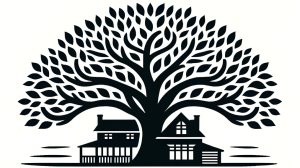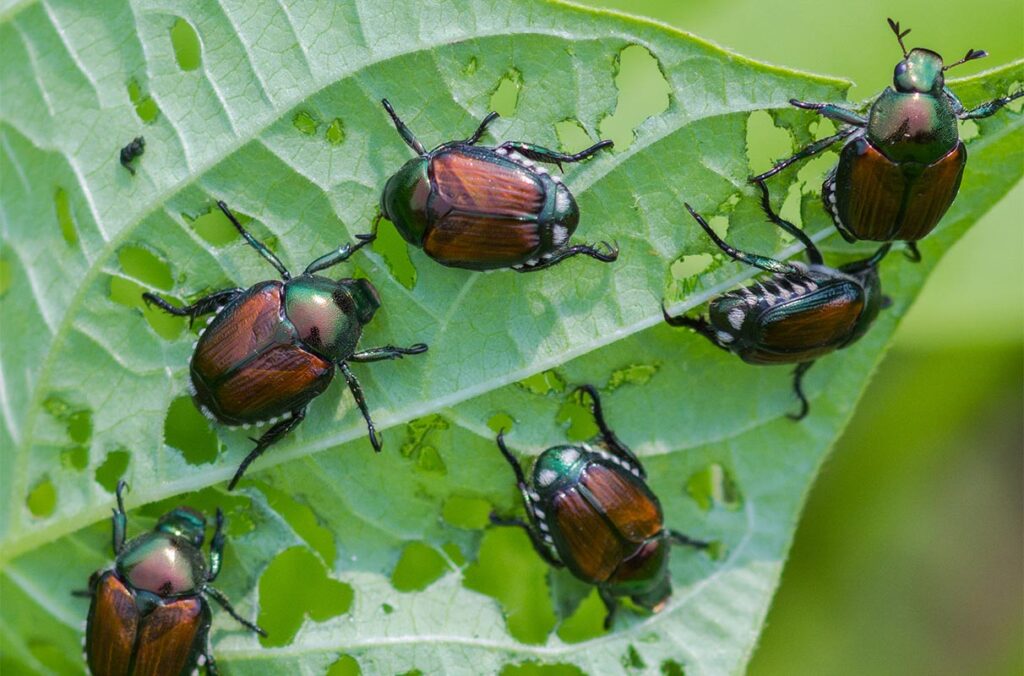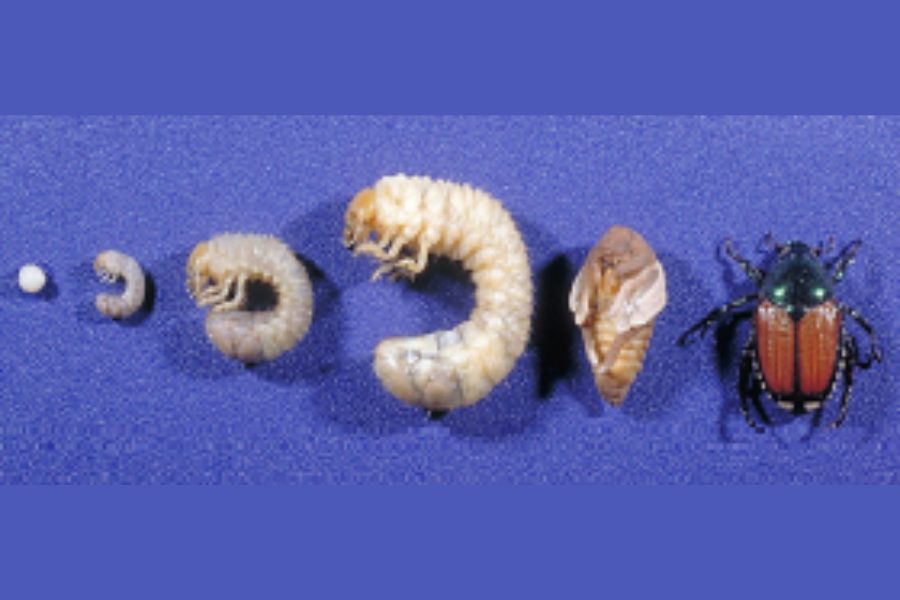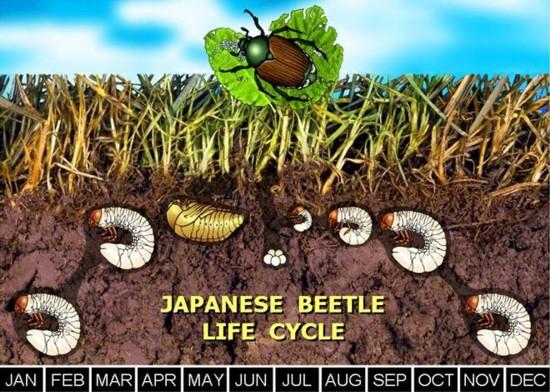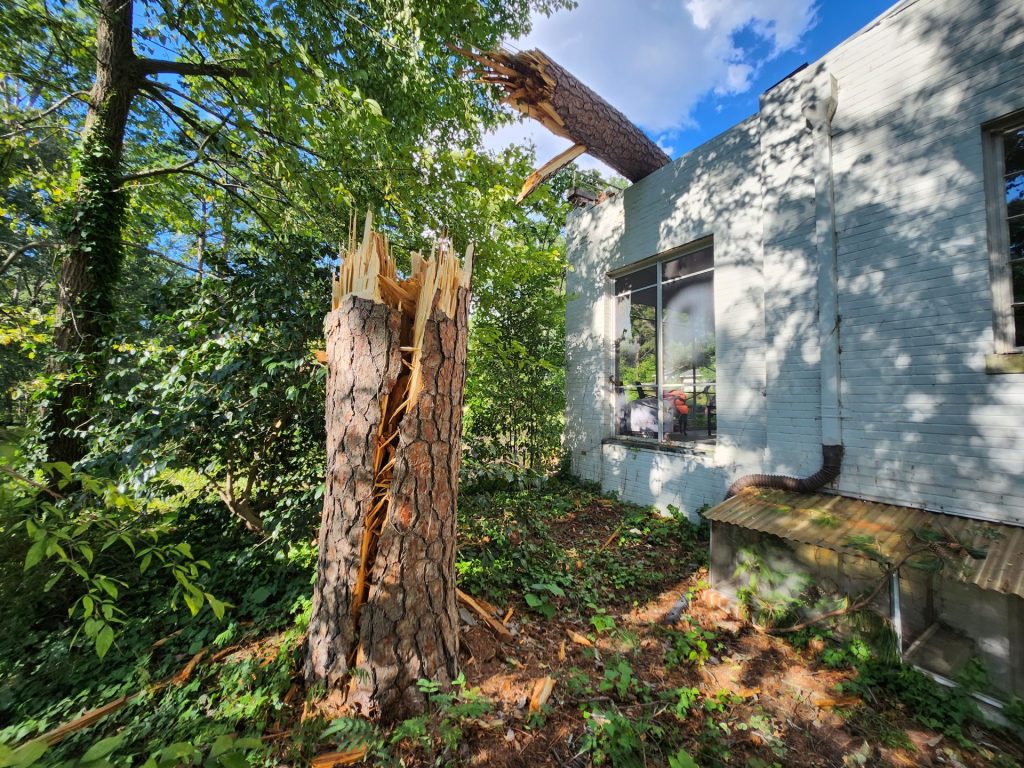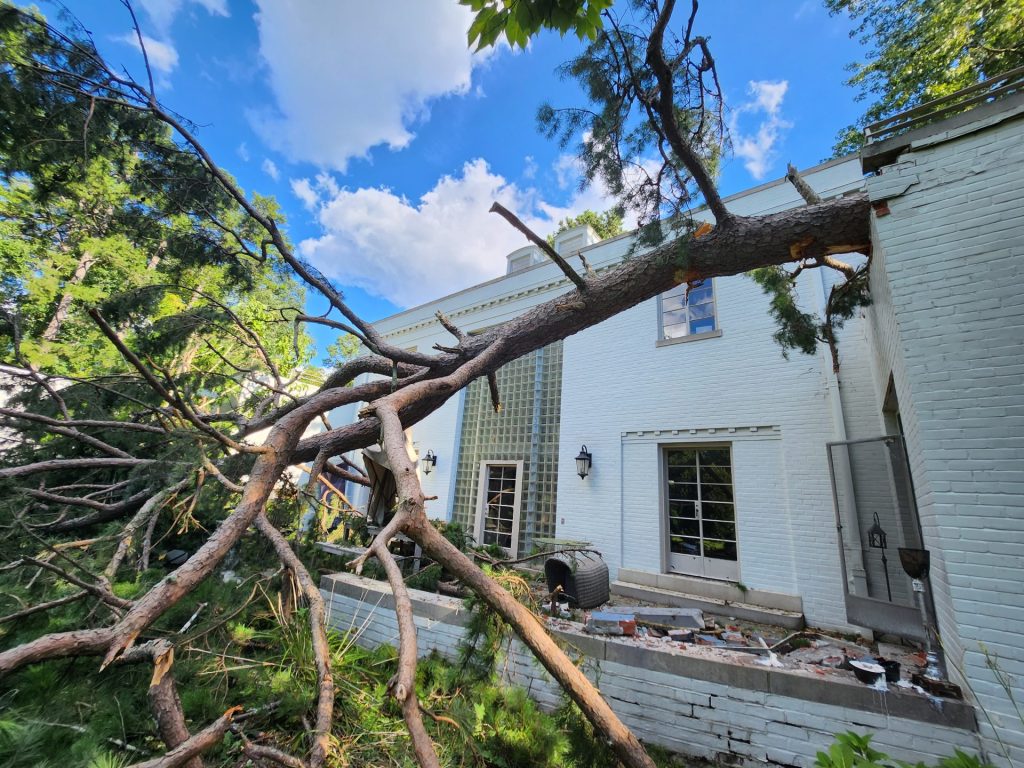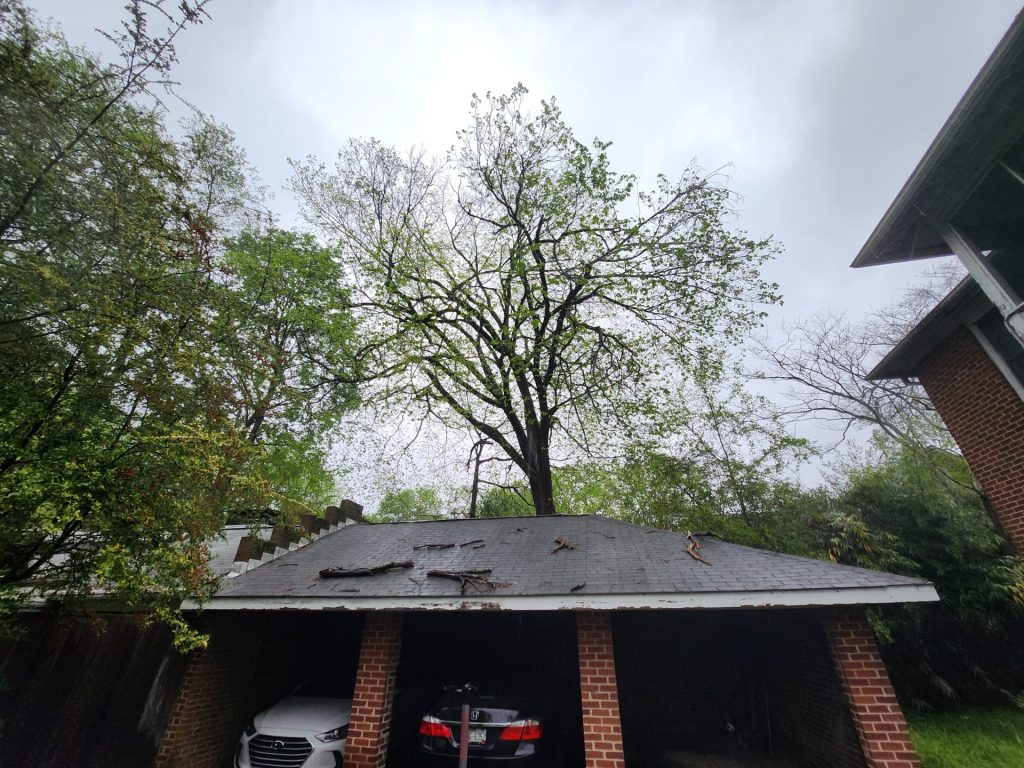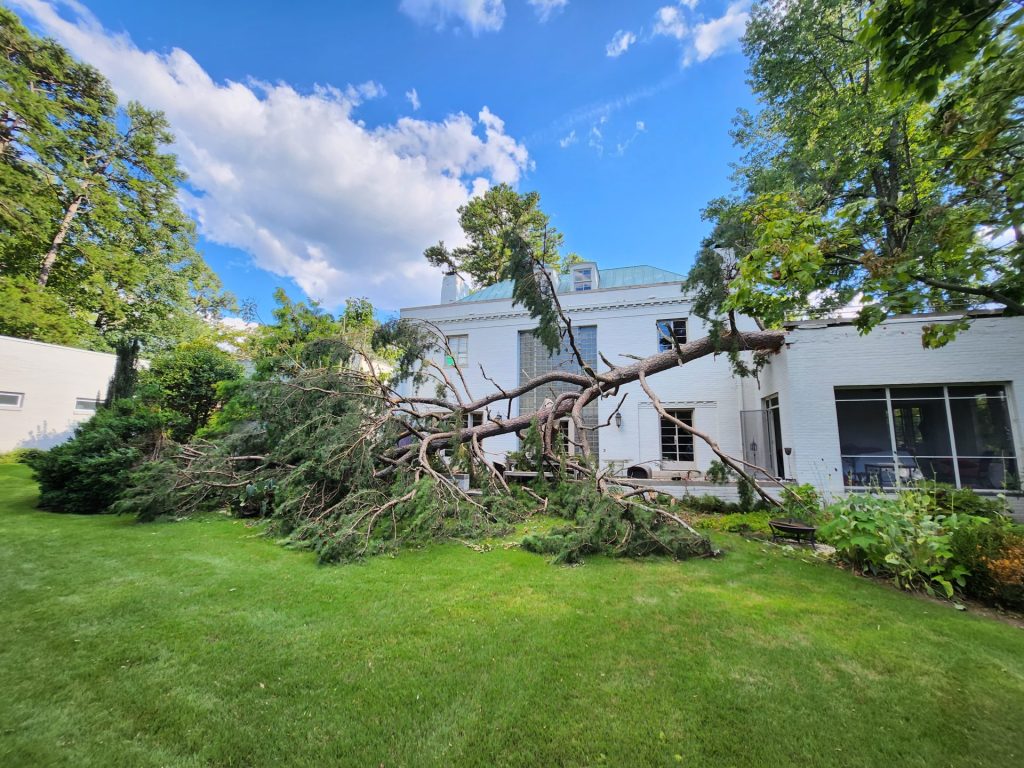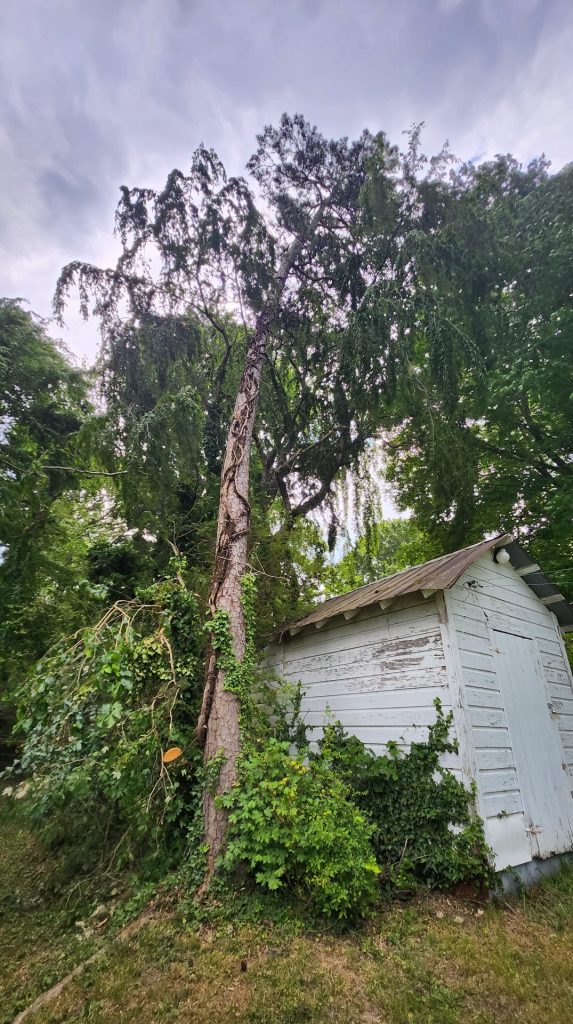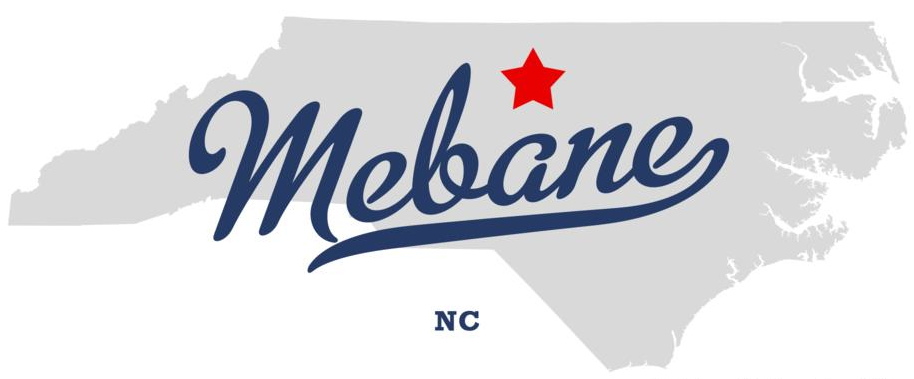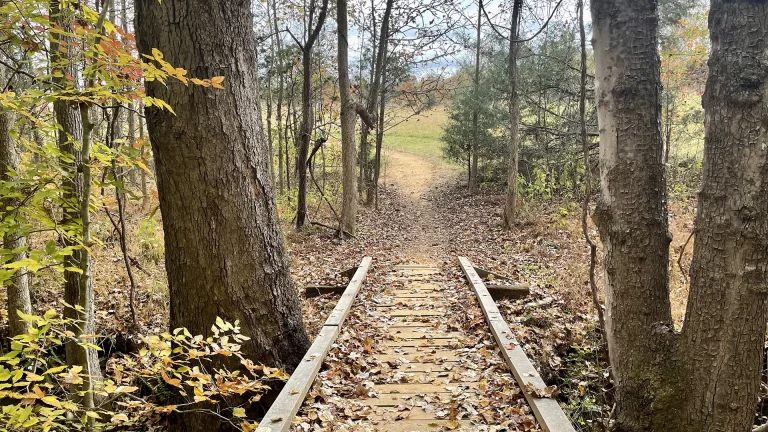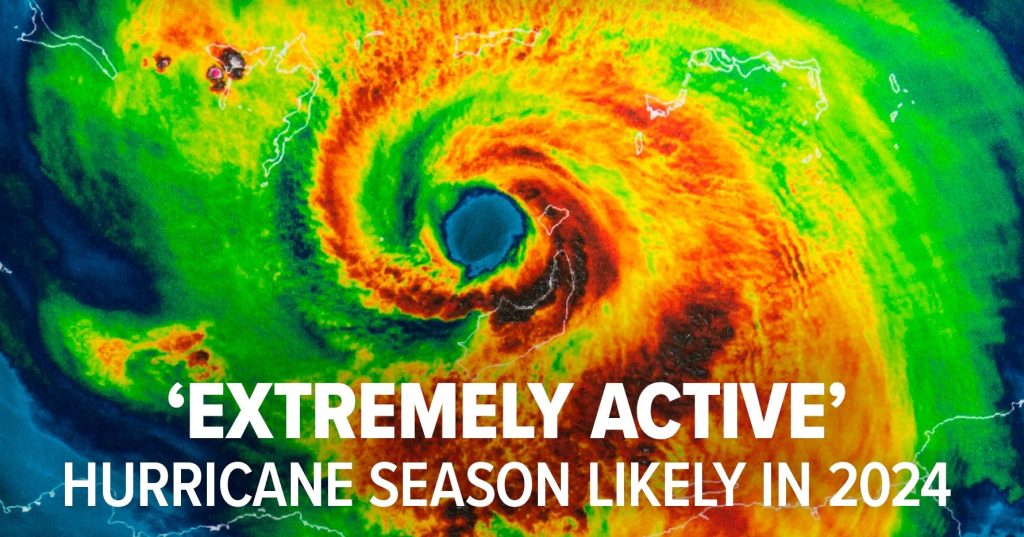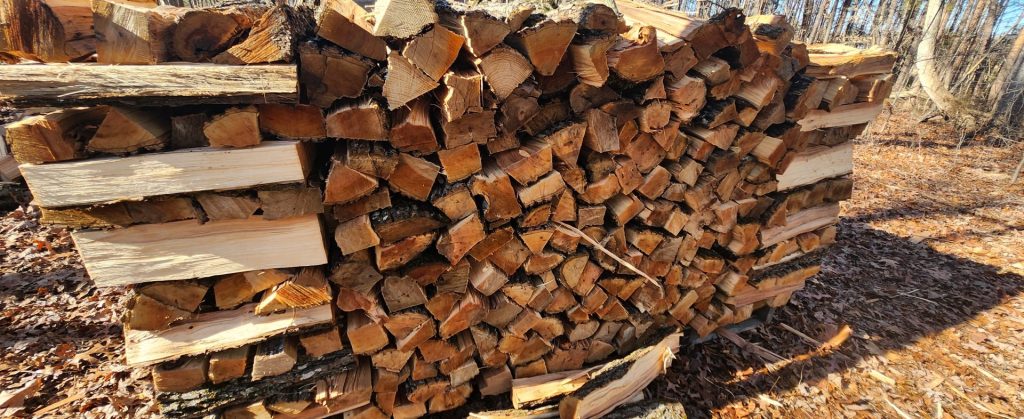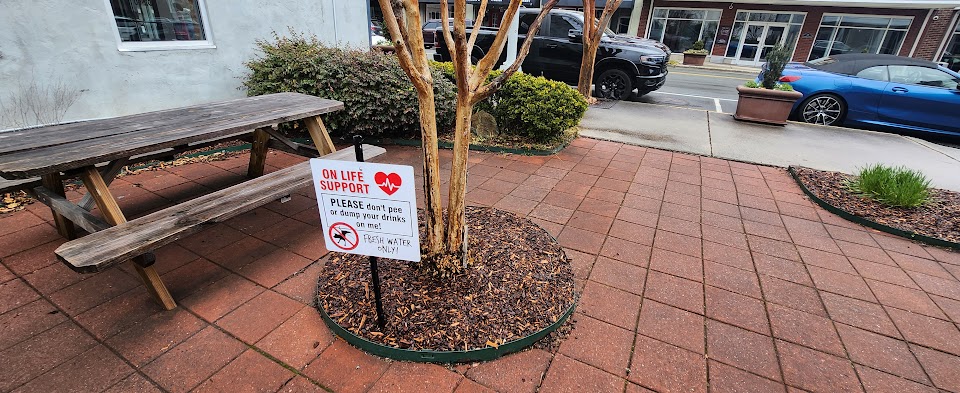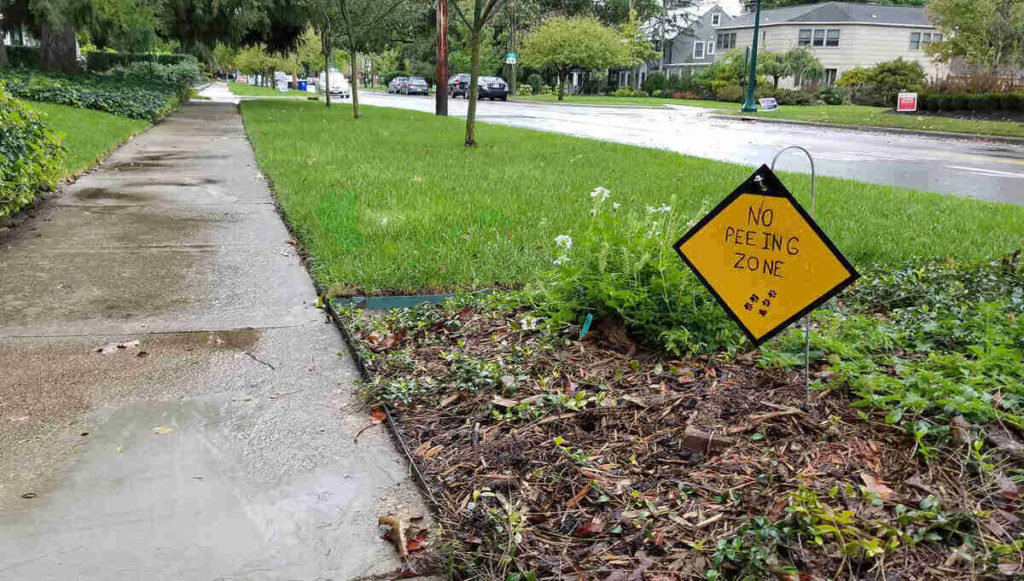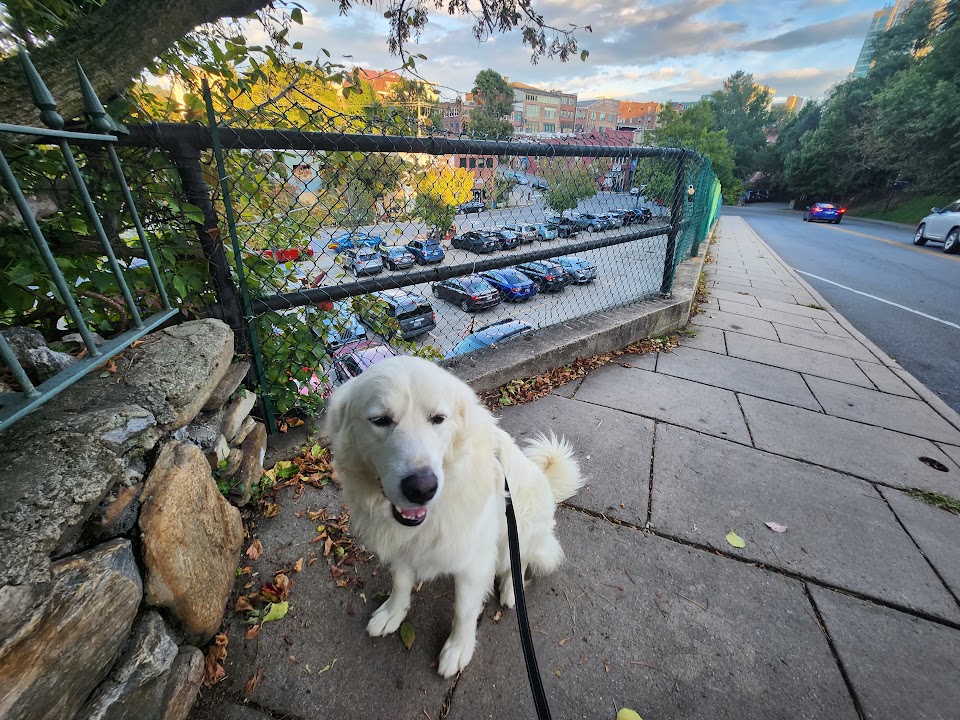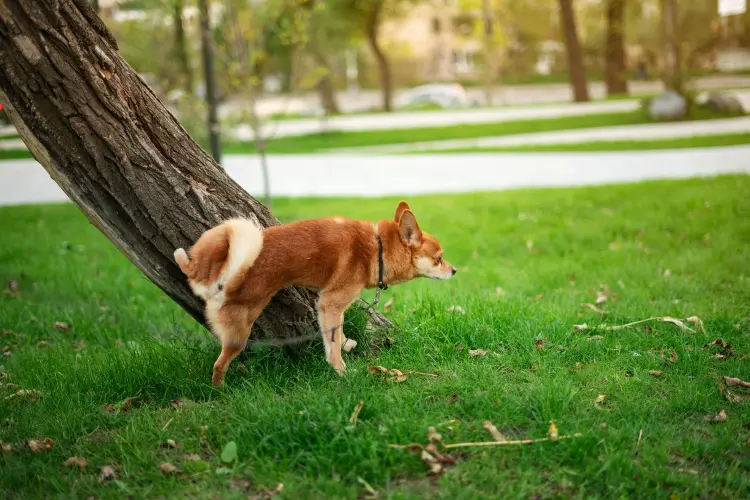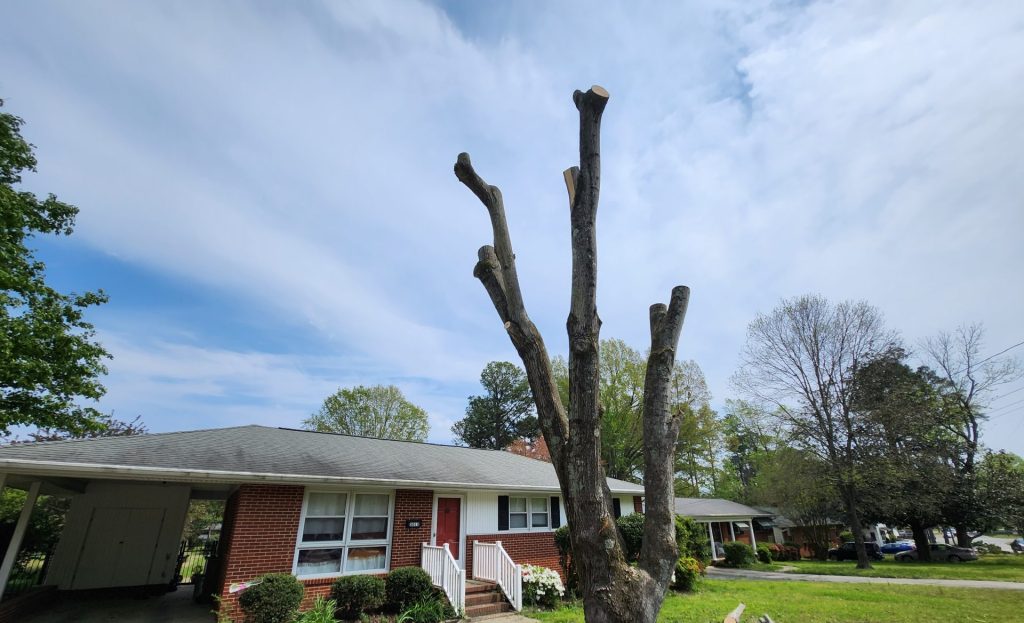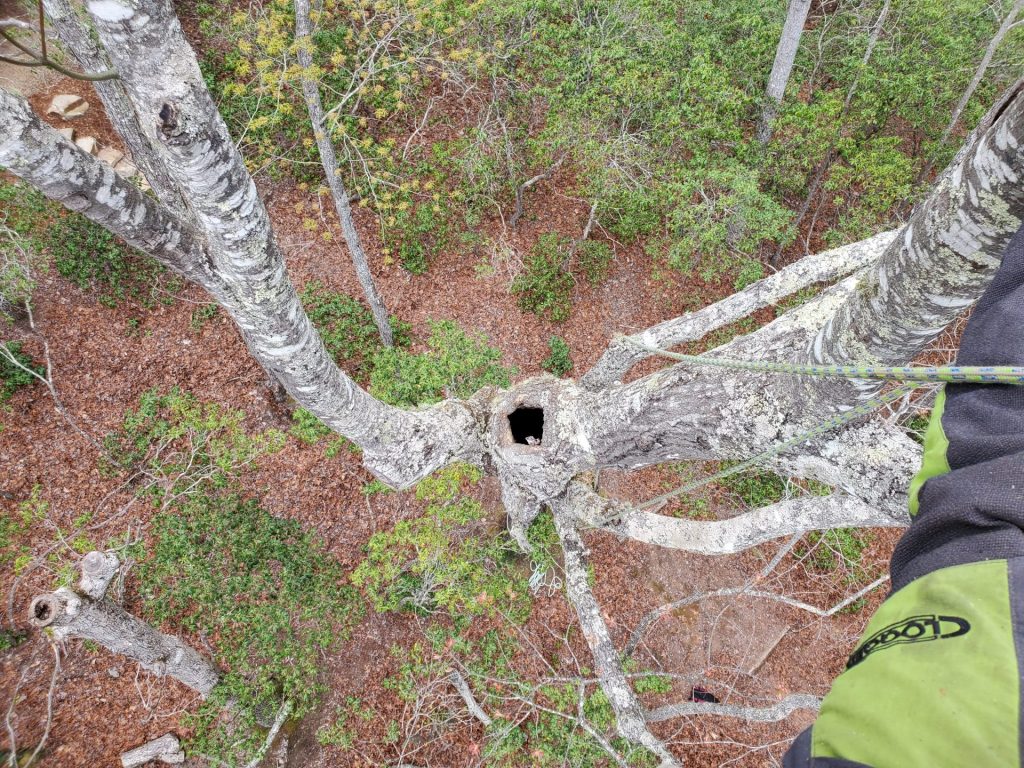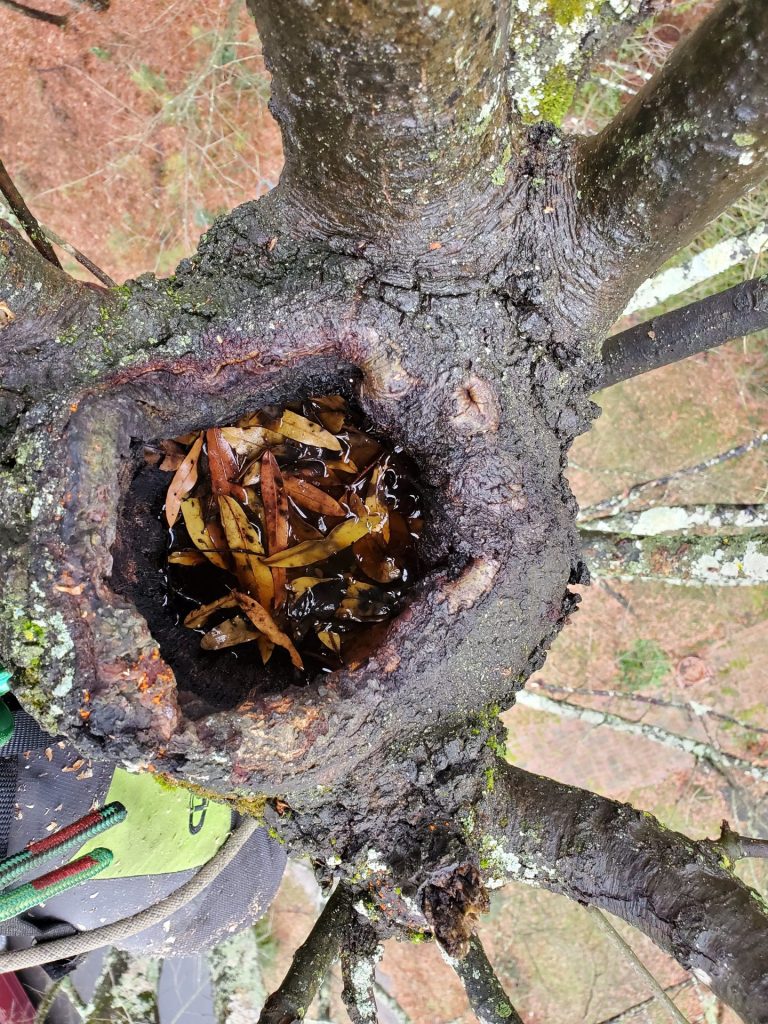Storm Debris Management: Post-Storm Recovery in Asheville
In the wake of recent storms like Hurricane Helene, Asheville residents are facing the challenging task of cleanup and recovery. Helene brought widespread devastation to our beautiful mountain community, with heavy winds uprooting trees, blocking roads, and damaging ecosystems. At Brown’s Arbor Care, we understand the unique challenges our local topography presents when dealing with storm damage, and we’re here to help our neighbors restore their properties safely and efficiently.
The Impact of Hurricane Helene on Asheville
Hurricane Helene caused significant damage to Asheville’s urban forest and surrounding woodlands, leaving approximately 40% of trees damaged or destroyed in parts of Buncombe County. Public spaces, such as the Asheville Botanical Gardens and the Blue Ridge Parkway, experienced widespread tree loss, and over 187,000 wooded acres in Pisgah National Forest suffered moderate to catastrophic damage.
The storm’s impact extends beyond immediate cleanup. The loss of mature trees affects local ecosystems, wildlife habitats, and the risk of soil erosion and flooding. For property owners, it’s critical to address these challenges promptly to prevent further damage and begin rebuilding our urban canopy.
The Urgency of Storm Debris Management in Asheville
The combination of our mountainous terrain and dense tree coverage makes proper debris management crucial for our community. Unaddressed storm debris can:
- Create dangerous conditions on our winding mountain roads
- Block critical access for emergency services in our hillside neighborhoods
- Pose ongoing risks to homes and properties, especially on sloped terrain
- Impact our local waterways and drainage systems
- Delay our community’s return to normal daily activities
How Brown’s Arbor Care Helps with Storm Recovery
As your local tree care experts, we provide comprehensive storm cleanup services tailored to Asheville’s specific needs:
Emergency Tree Response
Following Hurricane Helene, our team has been hard at work addressing hazardous tree situations. Whether it’s a leaning tree threatening your home or fallen branches blocking access, we safely and efficiently manage these challenges, even in steep or hard-to-reach locations. Our expertise in Asheville’s soil and terrain ensures minimal impact during the removal process.
Post-Storm Tree Assessment
Our qualified arborists evaluate surviving trees for:
- Structural damage that might compromise stability
- Soil erosion concerns, especially on hillsides
- Hazards to nearby structures or power lines
- Long-term health and recovery prospects
Hurricane Helene underscored the importance of proactive tree care. Many trees may appear unharmed but could pose risks over time without proper evaluation.
Professional Debris Management
We assist property owners in managing storm debris in compliance with Asheville’s municipal guidelines. This includes sorting and disposing of:
- Vegetative debris (trees, branches, leaves)
- Construction and demolition waste
- Household hazardous materials
Our team ensures that debris is handled efficiently to reduce hazards and support the city’s recovery efforts.
Preventative Care for Future Storms
Rebuilding after Hurricane Helene is not just about cleanup—it’s about preparation. We help property owners mitigate future risks with services like:
- Strategic pruning to improve wind resistance
- Root system assessments on sloped properties
- Addressing disease-weakened trees
- Recommending resilient, native species for replanting
Why Choose Brown’s Arbor Care?
As an established Asheville business, we offer:
- Deep familiarity with local terrain and conditions
- Full licensing and insurance for mountain property work
- Experienced crews trained in safe hillside operations
- Strong relationships with local authorities and utility companies
- Commitment to preserving Asheville’s natural beauty while ensuring safety
Working with Local Guidelines
Brown’s Arbor Care coordinates closely with Asheville’s Public Works Department to ensure efficient cleanup:
- We help position debris for city collection according to municipal guidelines
- Our team understands local regulations for waste sorting and disposal
- We maintain communication with city services to streamline the cleanup process
Preparing for Future Storms
Western North Carolina’s weather patterns demand year-round vigilance. Hurricane Helene demonstrated the need for long-term commitment to our urban forest recovery. We help property owners:
- Develop maintenance plans tailored to Asheville’s unique climate
- Identify potential hazards before they become emergencies
- Participate in reforestation programs to restore our community’s tree canopy
- Understand how to protect their trees during future storms
Contact Brown’s Arbor Care
If your property has been affected by Hurricane Helene or other recent storms, don’t wait to address potential hazards. Our local team is ready to help with:
- Emergency tree removal
- Professional debris cleanup
- Expert assessment of remaining trees
- Preventative care recommendations
Call Brown’s Arbor Care today at Quote or call 828 407 0656 to schedule a consultation and learn more about how Brown’s Arbor Care can help you keep your trees healthy, safe, and beautiful.
Brown’s Arbor Care: Serving Asheville with expert tree care when you need us most.
